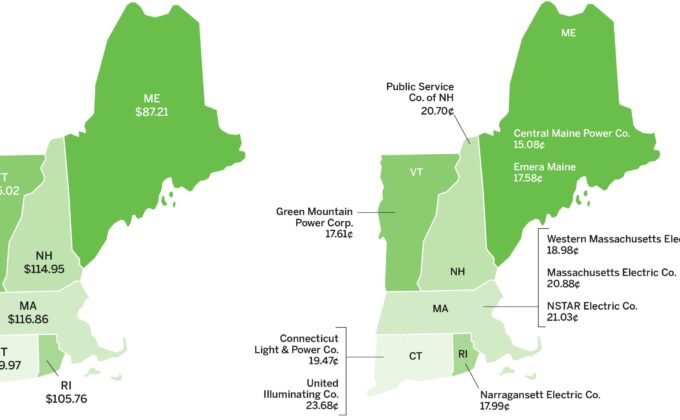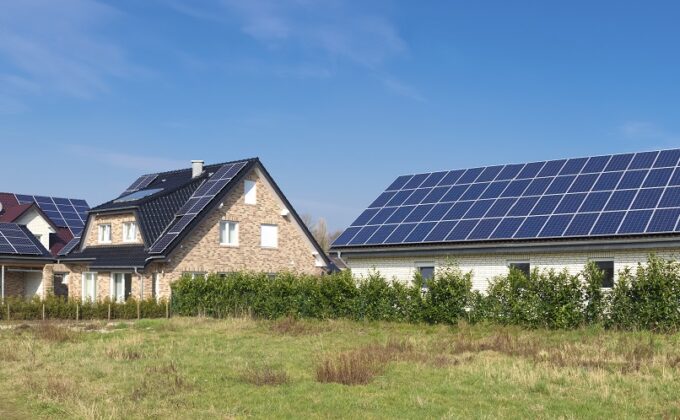
Knowledge Center
We believe that sharing our expertise and collaborations in clean energy policy is how real, effective change happens.
From reports and policy briefs, to webinars and podcasts—RAP advisors have built an extensive collection of resources providing in-depth analysis and practical solutions to today’s energy challenges.
Filter >>
Content Filter:
India is in a state of “air crisis” unprecedented in the history of the country. Thermal power plants, which are a major source of particulate matter and SOX and NOX emissions, have traditionally been monitored for air pollution via a command… View Summary +
The Indian electricity sector is undergoing a rapid transition as the share of renewable energy (especially solar and wind) grows while the addition of conventional technology (especially coal and natural gas) diminishes. Stakeholders who benefited in India’s electricity growth story… View Summary +
In a webinar on July 16, Mark LeBel and Jim Lazar from RAP, along with Karen Glitman of the Center for Sustainable Energy, discussed and answered questions about the current state of transportation funding, the causes of highway construction and… View Summary +
As the number of electric vehicles on European roads grows, policymakers can unlock extensive value for all consumers, the grid and the environment — provided we integrate EVs strategically into the power system. The time is right for new cross-sectoral… View Summary +
For years European policymakers have been working toward an integrated, competitive energy system. Now the Clean Energy for All Europeans package directs Member States to develop a decarbonised, cost‑efficient energy system that provides consumers with access to affordable and secure… View Summary +

In May 2019, China’s National Energy Administration (NEA) loosened restrictions on new coal power plant construction. This gave eight provinces the green light to build new coal-fired generation capacity. Because of the increasingly uncertain value proposition of new coal power generation, even… View Summary +
Decarbonising building heat presents both a significant opportunity and challenge to policymakers. Because of the fuel they use and the resulting carbon emissions, buildings are a critical target for energy efficiency. In order to deliver a clean energy system, most… View Summary +
Maps showing the average monthly customer bill in each New England state (left) and rates per kilowatt-hour for large utilities throughout the region (right). Household electricity bills vary significantly across the United States, but in no region do… View Summary +

Electric vehicles (EVs) are coming. And they bring with them tremendous opportunity for both the power sector and mobility because they form the nexus between two revolutions: decarbonising electricity and electrifying transport. The new legislative period in the European Union… View Summary +

Die Diskussion über eine Reform der Netzentgeltsystematik dauert inzwischen mehrere Jahre, ohne dass bisher Fortschritte erkennbar wären. Im Gegenteil: Die bestehenden Netzkosten und Netzentgelte werden wieder intransparenter, und etliche Verteilnetzbetreiber haben einen schleichenden Prozess in Richtung höhere Grundpreise in Gang… View Summary +
2019年3月,国家能源局颁布的关于推进现货市场建设工作的征求意见稿,代表着中国朝电力市场改革迈进了重要的一步。基于中国国情和多年的国际经验,我们为该意见稿提出几点建议,提议主要围绕在区域市场,基于成本的调度,市场监测,发电补偿,分布式能源参与市场等几大主题。… View Summary +
The State Council’s Ten Measures Action Plan and regional efforts like those in Jing-Jin-Ji, Yangzte River, and Pearl River Deltas have reduced the severity and duration of China’s air pollution. But pollution levels must drop by two-thirds or more from… View Summary +
Stromerzeugung auf dem eigenen Dach ist die dezentralste Form der Energiewende, der eine breite Unterstützung gilt. Trotz der stark gesunkenen Kosten für Photovoltaikanlagen ist der Zubau jedoch begrenzt. Ein Grund könnte in der Ausrichtung der Förderung liegen, denn in Deutschland… View Summary +


